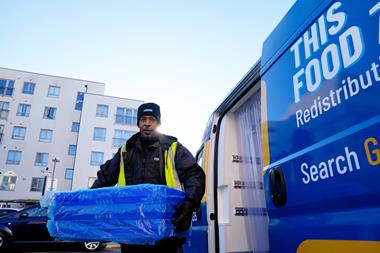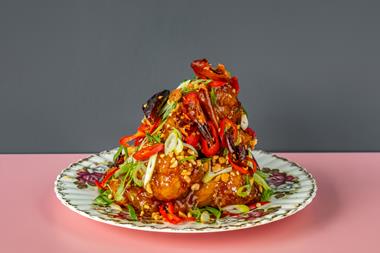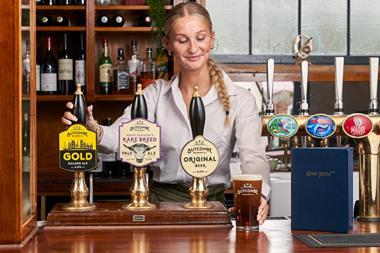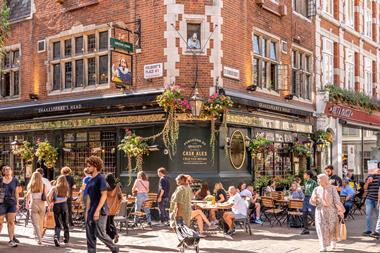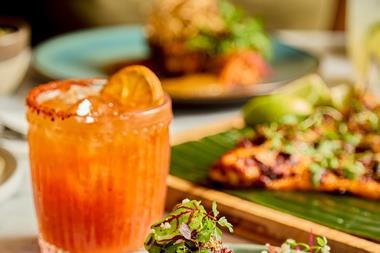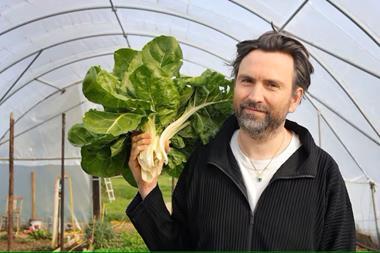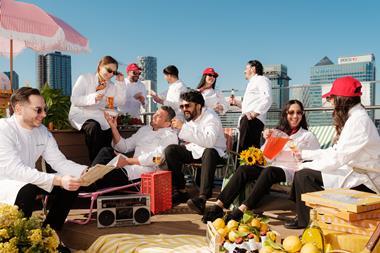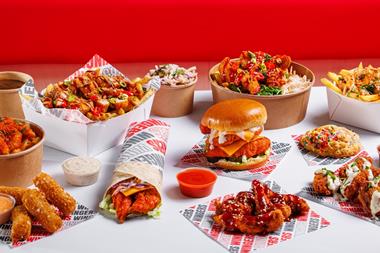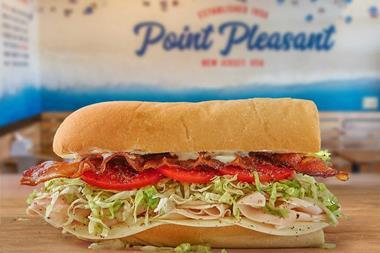Inside Track by Peter Martin The evidence keeps mounting. Pressure on drinks-led businesses is continuing to grow, while the eating-out market is flourishing.
Selling alcohol is becoming a more difficult occupation, while food appears one big opportunity. That is the stark contrast presenting itself to the UK pub, bar and restaurant market.
There is certainly a new optimism in the casual dining market, buoyed by some bright Christmas trading figures. The latest came this last week from Tragus, owner of the Café Rouge and Bella Italia brands. It saw December sales up 7.7% across its 155 restaurants.
Meanwhile, The Restaurant Group, still in the bidding for the Ask Italian restaurant business, said its full-year profits for 2003 would be at least 14.4% up on 2002 with like-for-likes up 3%.
All this in the same week that JD Wetherspoon, widely recognised as Britain’s best pub and bar operator, was labelled ‘incompetent’ by South Ayrshire Licensing Board in Scotland for the way it tried to win back at late licence at one of its units, after losing it for running a ‘happy hour’ across a whole weekend.
JDW’s ticking off came as more local authorities laid down their anti-alcohol credentials. Borehamwood in Hertfordshire and Greenwich in London have introduced no-alcohol zones in an effort to reduce public drunkenness on their streets. They join Croydon, Brighton, Stoke and Newquay in banning town centre drinking.
Pub and bars owners are right to be nervous about local councils as the new Licensing Act begins to bite - unless something changes.
Is this the end for the alcohol industry and the traditional British boozer? No is the obvious answer to that. No Government is going to kill the golden goose, but the way alcohol is sold, the way certain establishments are run and the whole image of drinks-led business is likely to have to change.
It is interesting that even the UK’s biggest off-licence brand, Thresher, is now developing food sales as part of its appeal to the public. Last year it bought the Leaping Salmon ready-meal business, and is now offering a take-home meal as well as a take-home bottle of wine as it counters competition from the supermarkets and the likes of Marks & Spencer Simply Food.
It is no co-incidence that two of the hottest chains on the high street at the moment, La Tasca and Living Room are businesses that have successfully leveraged drinks sales against a restaurant operation.
Living Room is much more of a bar business, but its restaurant operation is a core element and the service and style have restaurant industry standards. La Tasca, on the other hand, uses Spanish tapas as a foundation for a thriving evening offering especially for a female clientele.
To avoid the sanitising of the ‘good night out’, the sophistication of the experience may be what is required, to impress not just the British public but the ruling authorities too. If that means riding the eating out mini-boom, why not?
o What next for Enterprise Inns and Ted Tuppen? Read Peter Martin’s Inside Track in the February issue of M&C Report newsletter.

























